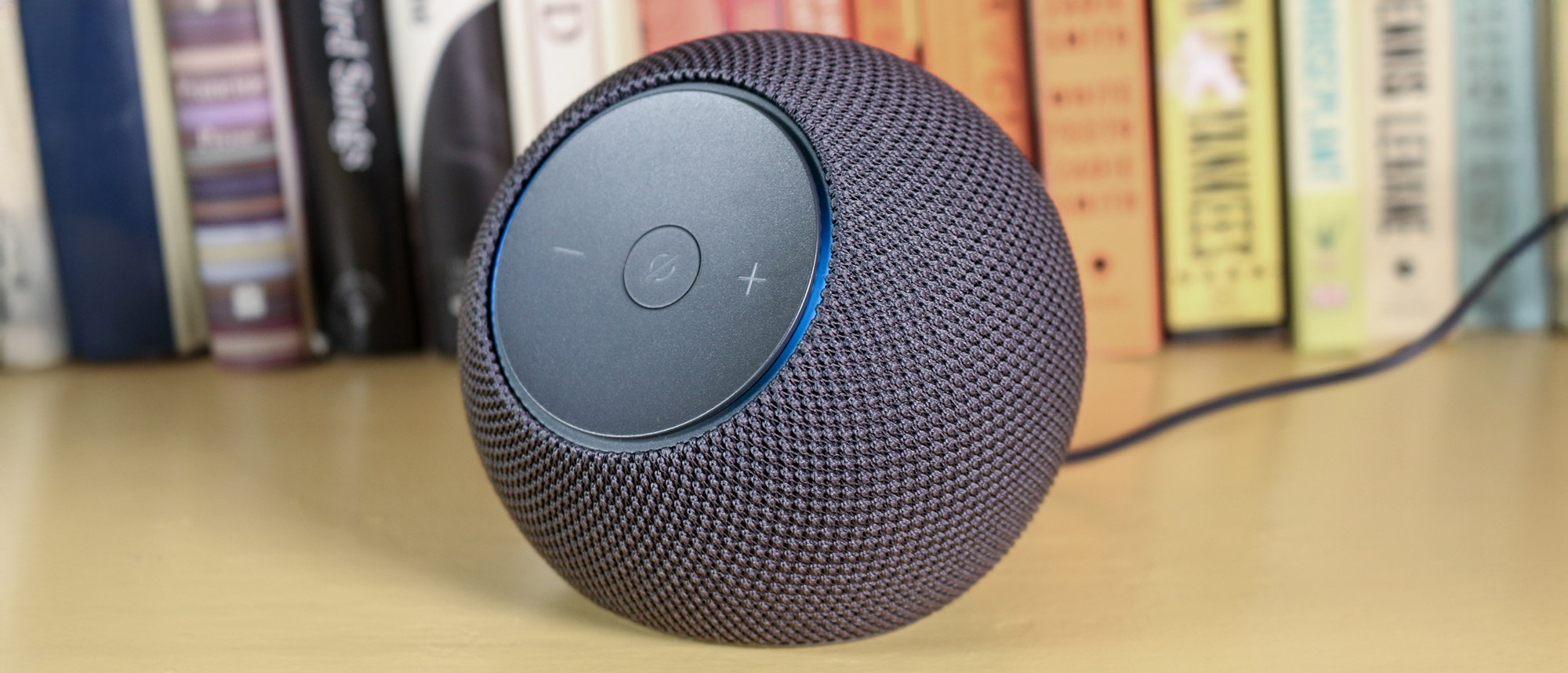Tom's Guide Verdict
Get the Echo Dot Max if you’re looking for better audio than the Echo Dot, or you want to beef up your Amazon-powered smart home.
Pros
- +
Good audio for the price
- +
More compact than last-gen Echo
- +
Lots of smart home capabilities
Cons
- -
Doesn’t do much more than last-gen Echo
- -
No audio in/out port
Why you can trust Tom's Guide
Size: 4.27 x 4.27 x 3.9 inches
Speakers: 0.8-inch tweeter and 2.5-inch woofer
Wireless: Wi-Fi 6E 11a/b/g/n/ac/ax, Bluetooth LE 5.3
Smart Home: Zigbee, Matter, Thread Border Router, eero
Welcome to the first smart speaker made for the AI era. While the Amazon Echo Dot Max isn’t a huge departure from the company’s previous devices, it’s a part of the first generation of smart speakers to be released after the launch of Alexa+, Amazon’s AI-enhanced assistant.
The Echo Dot Max takes the place of (and is the same price as) the 4th-generation Echo, Amazon’s now-discontinued midrange smart speaker. Why is it called the Echo Dot Max and not just the Echo? Most likely because the Echo Dot Max is closer in size to the Echo Dot than the device it’s replacing.
But what’s changed with the first smart speaker that Amazon has released in a few years? I used the Echo Dot Max for a little under a week to see how it stacks up against the best smart speakers, and, perhaps more importantly, to see if Alexa+ is really worth it.
Amazon Echo Dot Max: Price and availability
The Echo Dot Max went on sale October 29, 2025, for $99. At the time of its release, it was available in three colors: graphite, Glacier White, and amethyst (a shade of purple).
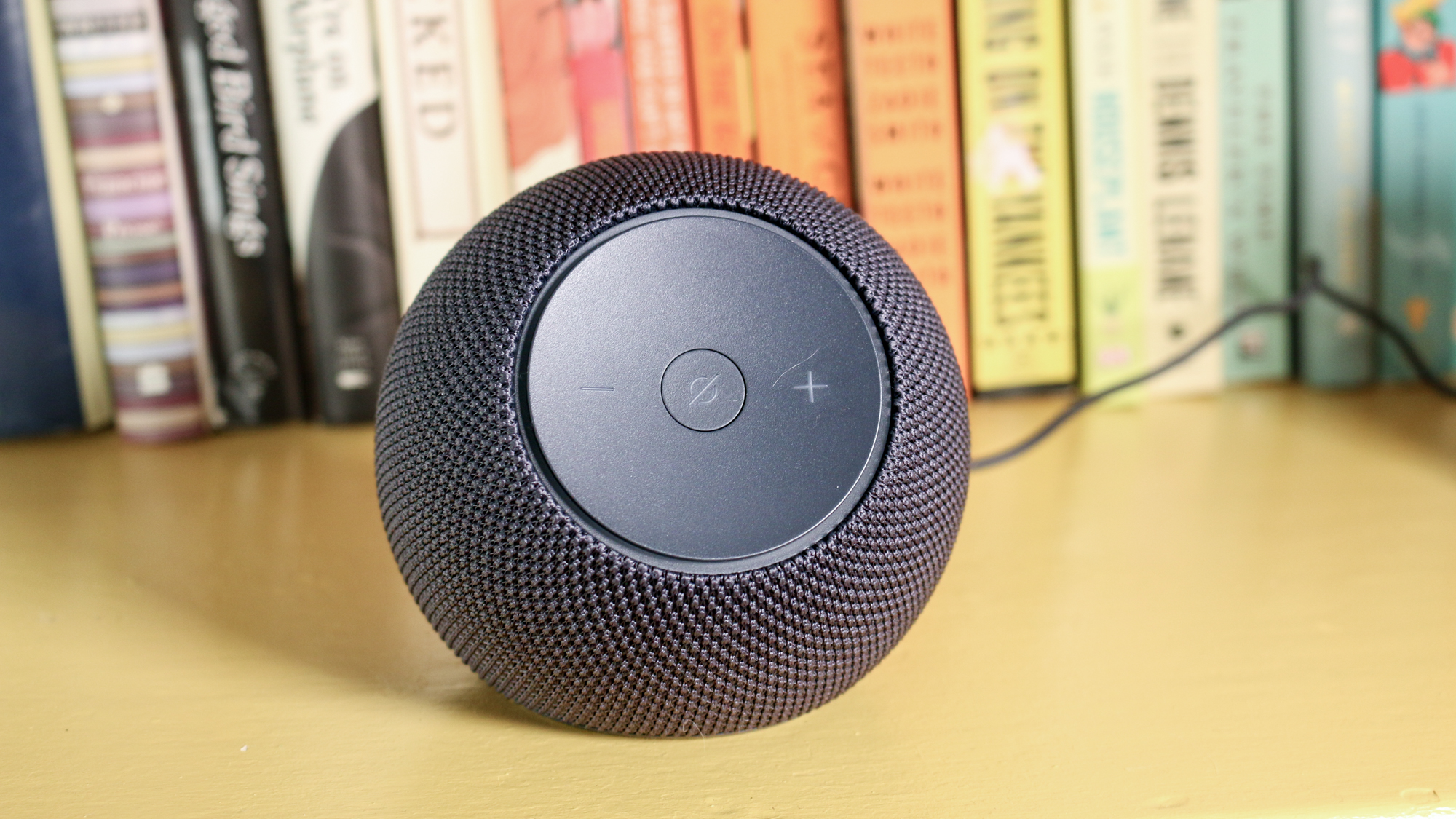
Among Amazon’s smart speaker lineup, the Max is $50 more than the Echo Dot 5th gen, but significantly less than the new Echo Studio ($219).
The Echo Dot Max is also the same price as the Apple HomePod Mini, as well as the Google Home Speaker, which will be released in the spring.
Amazon Echo Dot Max: Design
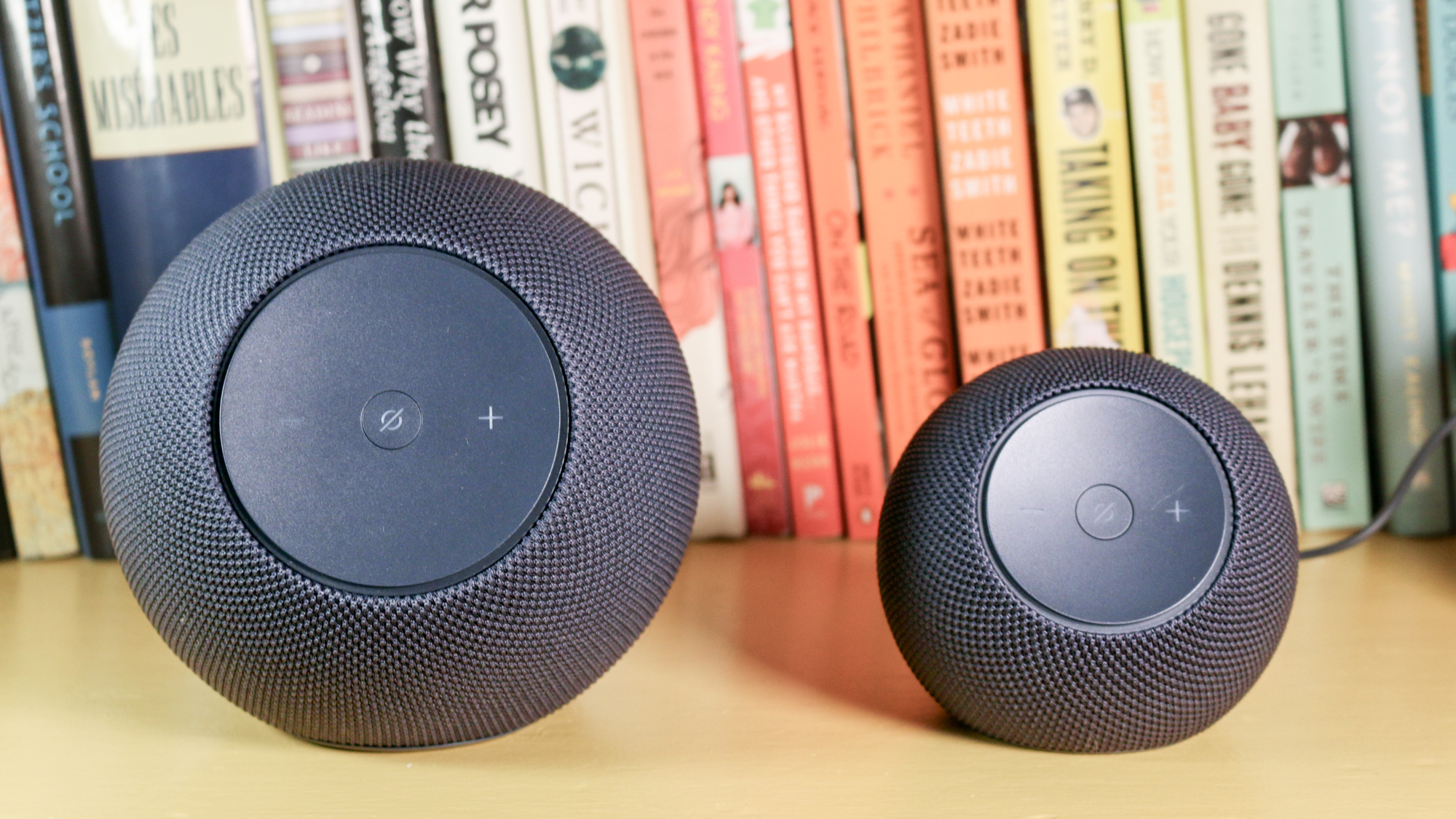
That’s no moon…it’s a smart speaker! The design of the Echo Dot Max and its larger counterpart, the Echo Studio, immediately invites comparisons to the Death Star. Like the previous few generations of Echo devices, these speakers have a spherical shape, but now, the volume controls are housed in a circular indentation that makes the whole speaker look like the Empire’s ultimate weapon. It’s an apt comparison, considering how Amazon has used its smart speaker to spread Alexa throughout the galaxy.
Get instant access to breaking news, the hottest reviews, great deals and helpful tips.
Ringing the controls is an LED that turns blue when Alexa (or in this case, Alexa+) is listening. It’s more prominent than on the Echo Dot, where the ring is towards the bottom. If you press the center mute button, the ring will turn red, letting you know that Amazon isn’t listening to you.
The fabric and its pattern on the Echo Dot Max is also more prominent than on the Dot, but because of this, it also invites comparisons to two other devices - in this case, the Apple HomePod Mini and the Google Home Speaker.
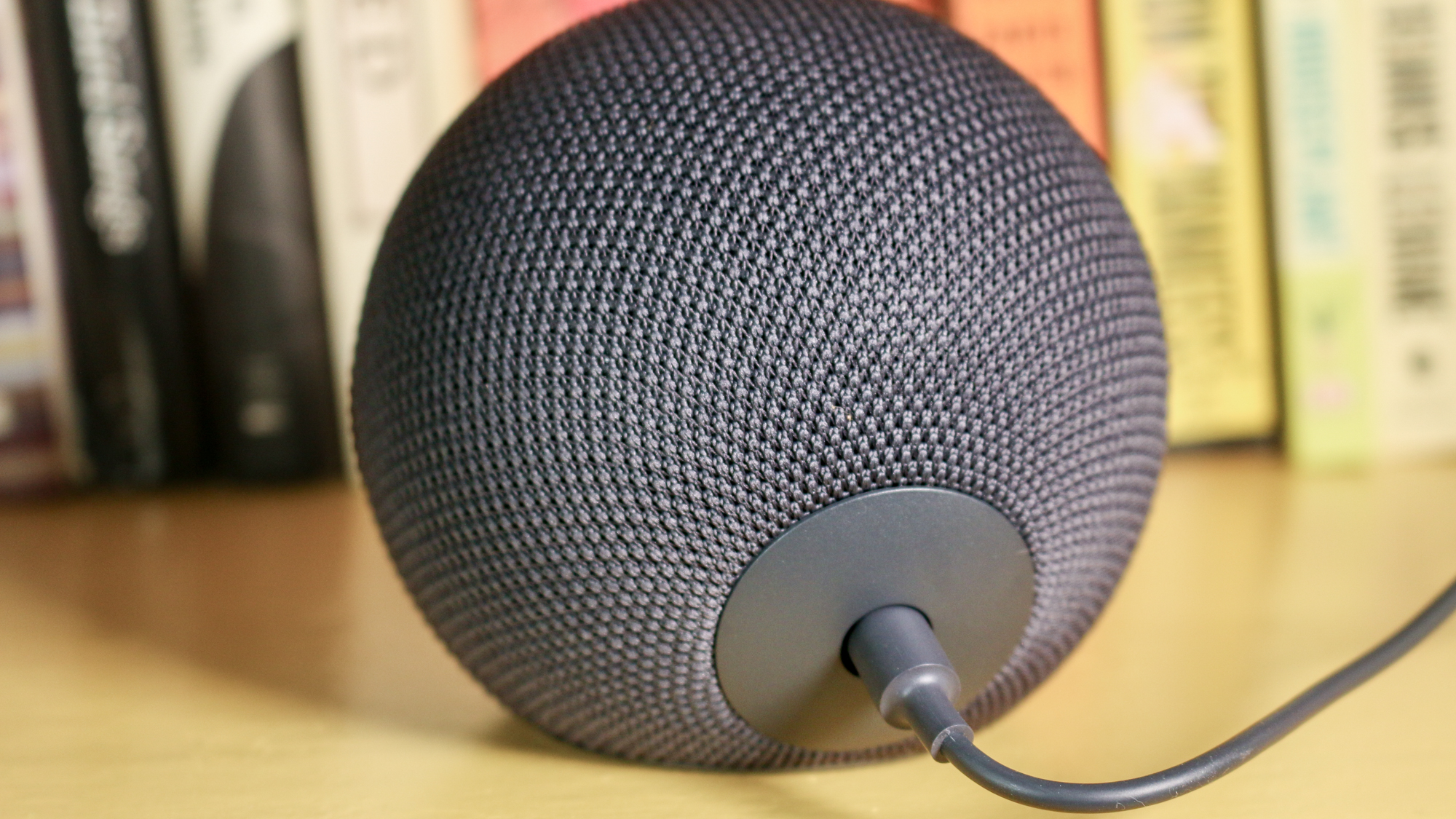
Size-wise, the Echo Dot Max (4.27 x 4.27 x 3.9 inches) is slightly bigger than the Echo Dot (3.9 x 3.9 x 3.5), and slightly smaller than the 4th-gen Echo (5.7 x 5.7 x 5.2 inches). It should still fit nicely on your nightstand.
Around the back of the Echo Dot Max is is proprietary power port; gone is the audio jack that was on the 4th-gen Echo.
Amazon Echo Dot Max: Audio quality
Compared to the Echo Dot, which has a single 1.73-inch speaker, the Echo Dot Max has a 0.8-inch tweeter and 2.5-inch woofer that Amazon says will deliver “room-filling audio.” That’s basically the same as the 4th-gen Echo, but that device had a larger 3-inch woofer.
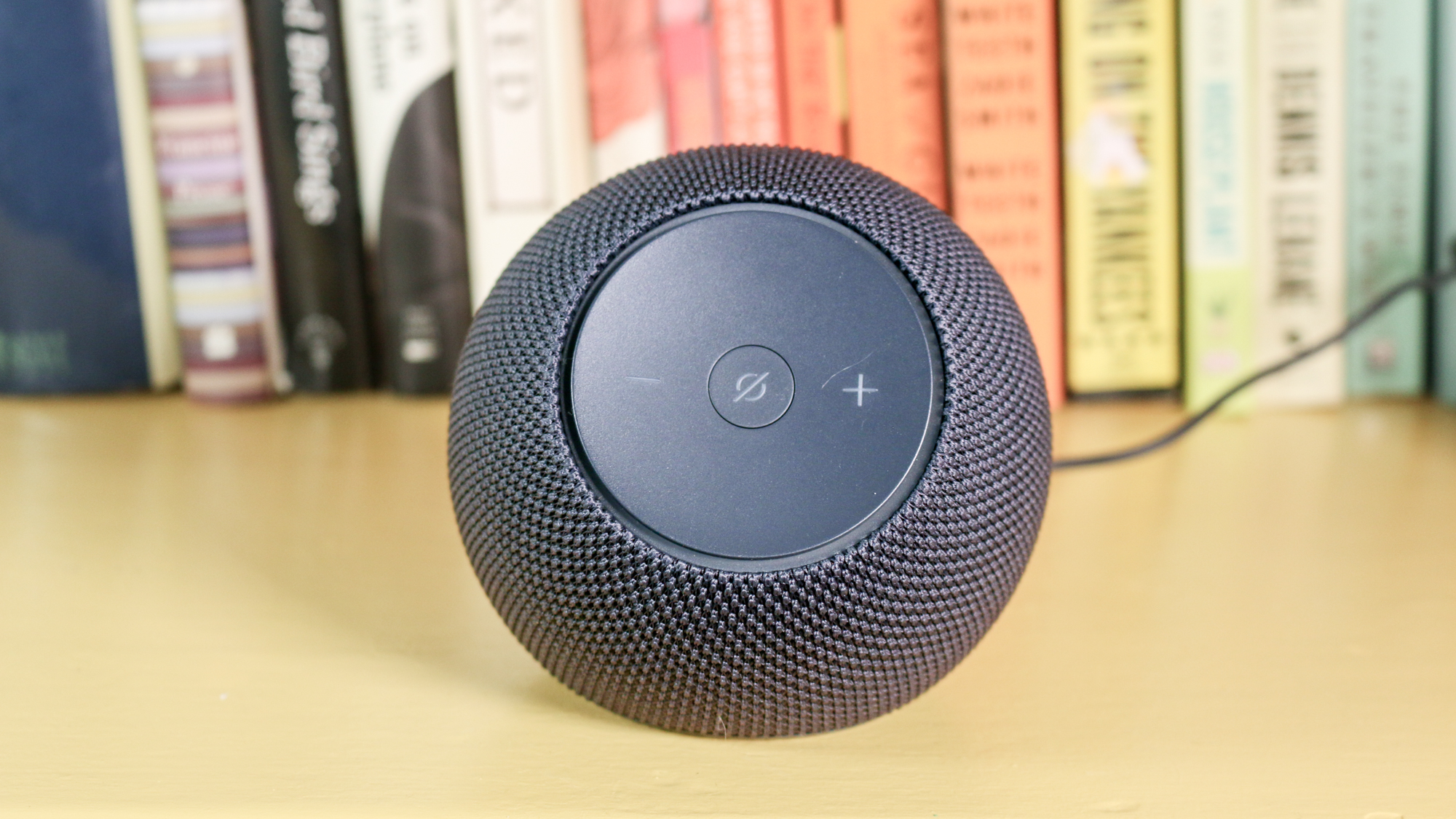
Giving the Max some more cred, it has Lossless High Definition, and Automatic Room Adaptation, so it can tailor its audio to the room in which you place it. The latter feature is something that’s also found on the 4th-gen Echo, as well as the HomePod Mini.
To test the Echo Dot Max, I spun up a bunch of lossless audio tunes on Spotify. Indeed, the Max can punch above its weight. Even given its size, it was able to fill my living room with the pumping sounds of “Golden” from “K-Pop: Demon Hunters.” Audrey Nuna’s soaring vocals rang out, while the bass line thumped cleanly, yet powerfully.
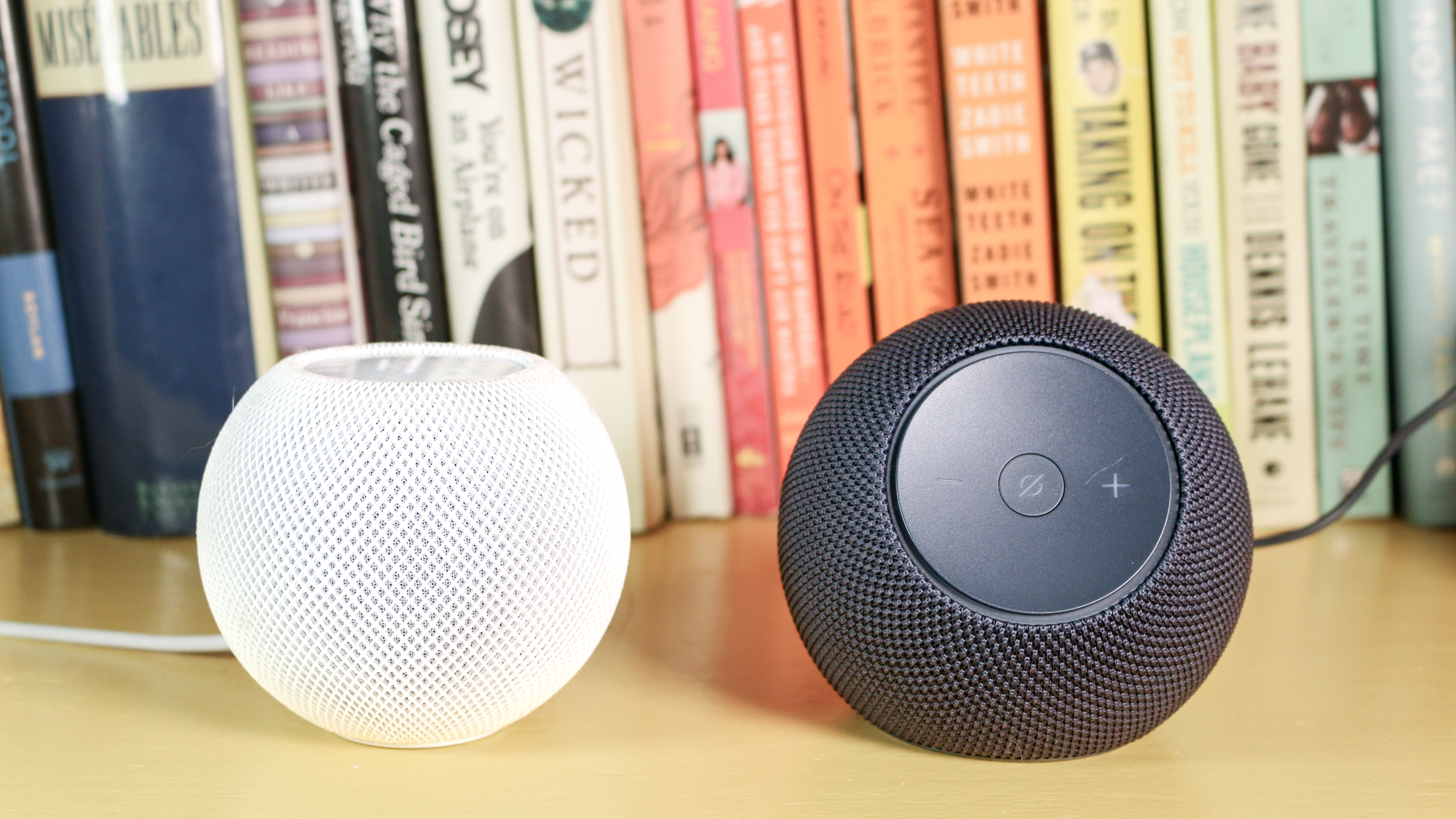
In a side-by-side test with the HomePod mini, the Echo Dot Max was louder overall and delivered more bass, which is not surprising given that Apple’s device has a smaller, single driver.
However, when listening to Bruce Springsteen’s “Atlantic City” from the Electric Nebraska album, the Boss’ vocals sounded more compressed and less forward than on the HomePod mini.
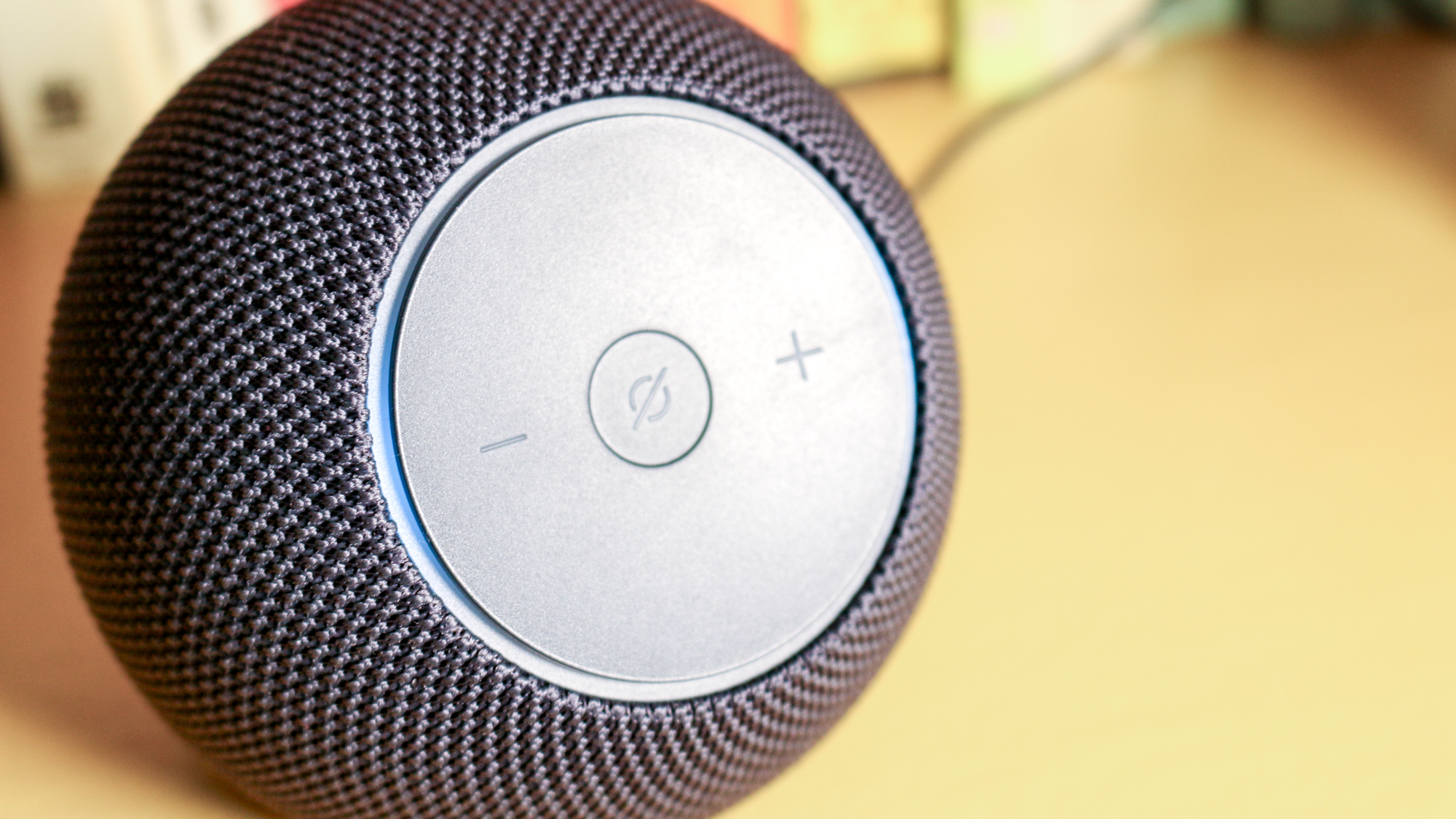
The difference was even more pronounced when I spun up “Defying Gravity.” Cynthia Erivo’s voice was much sharper and clearer on the HomePod mini than on the Max, which made her, and the underlying music, sound much flatter.
While not available at launch — Amazon said it would come in November — the Echo Dot Max and Echo Studio can be used as an output device if you have a Fire TV Stick 4K Max (2nd Gen), Fire TV Stick 4K (2nd Gen), or Fire TV Cube (3rd Gen). It’s similar to what Apple offers with the HomePod and HomePod mini with Apple TV, as well as existing Echo smart speakers with older Fire TV devices (here’s a full list of what pairs with what).
Amazon Echo Dot Max: Alexa+
At the time of the Echo Dot Max’s launch, Amazon’s AI-enhanced Alexa+ was still in its early access phase, as the company is still working out the kinks and building out its next-gen assistant. To make sure Alexa+ gets into more homes, the Echo Dot Max gets you, well, early access to the service (then again, so does almost all Echo smart speakers). Alexa+ is free for Amazon Prime customers, but will cost $19.99/month for those who aren’t subscribers once it leaves its early access phase.
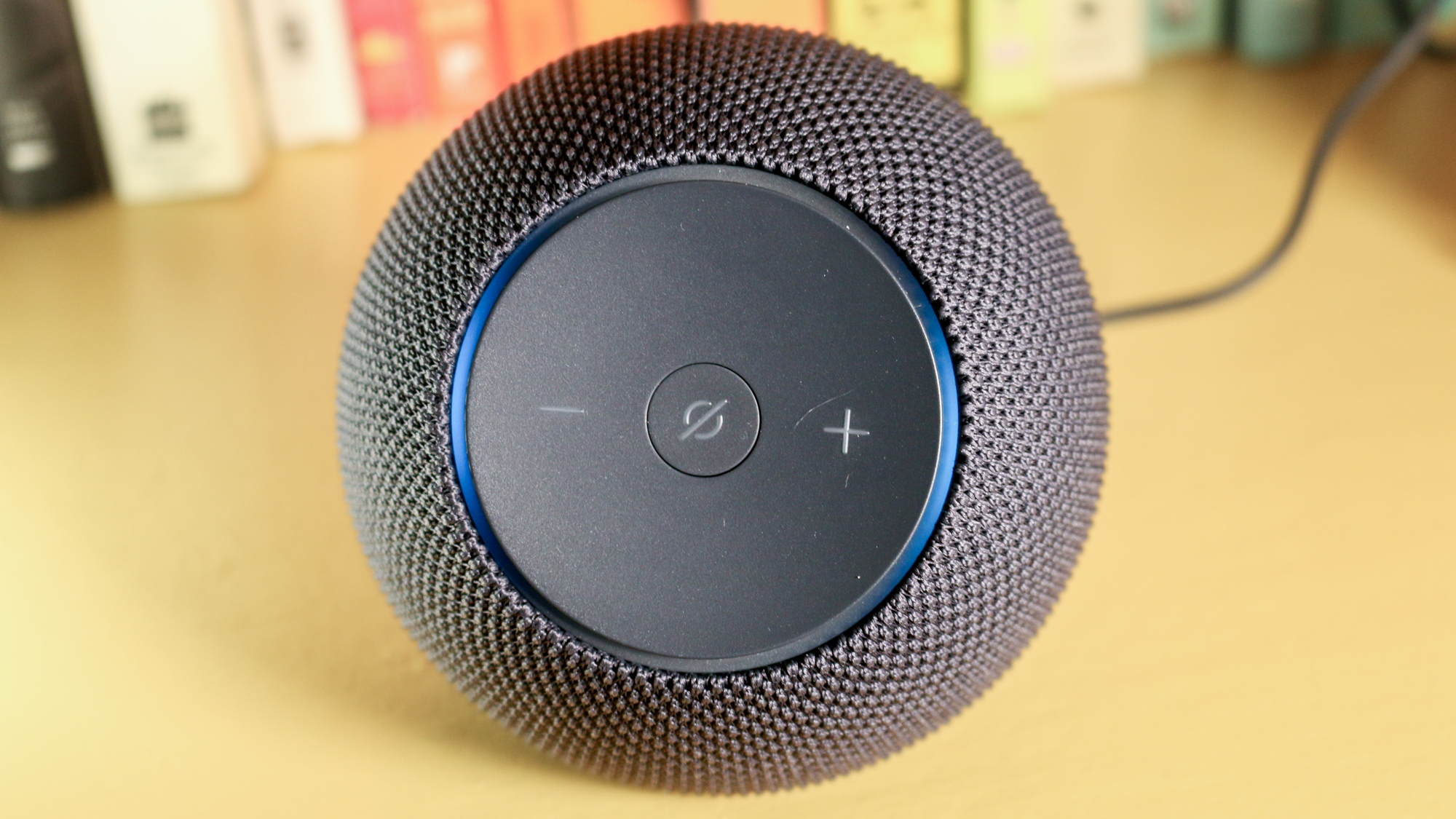
Using Alexa+ on an audio-only product like the Echo Dot Max is a bit different than using it on an Echo Show.
When I interviewed Daniel Rausch, Amazon's vice president of Alexa+ and Echo, he explained that answers on a speaker-first device would be shorter than those on a smart display.
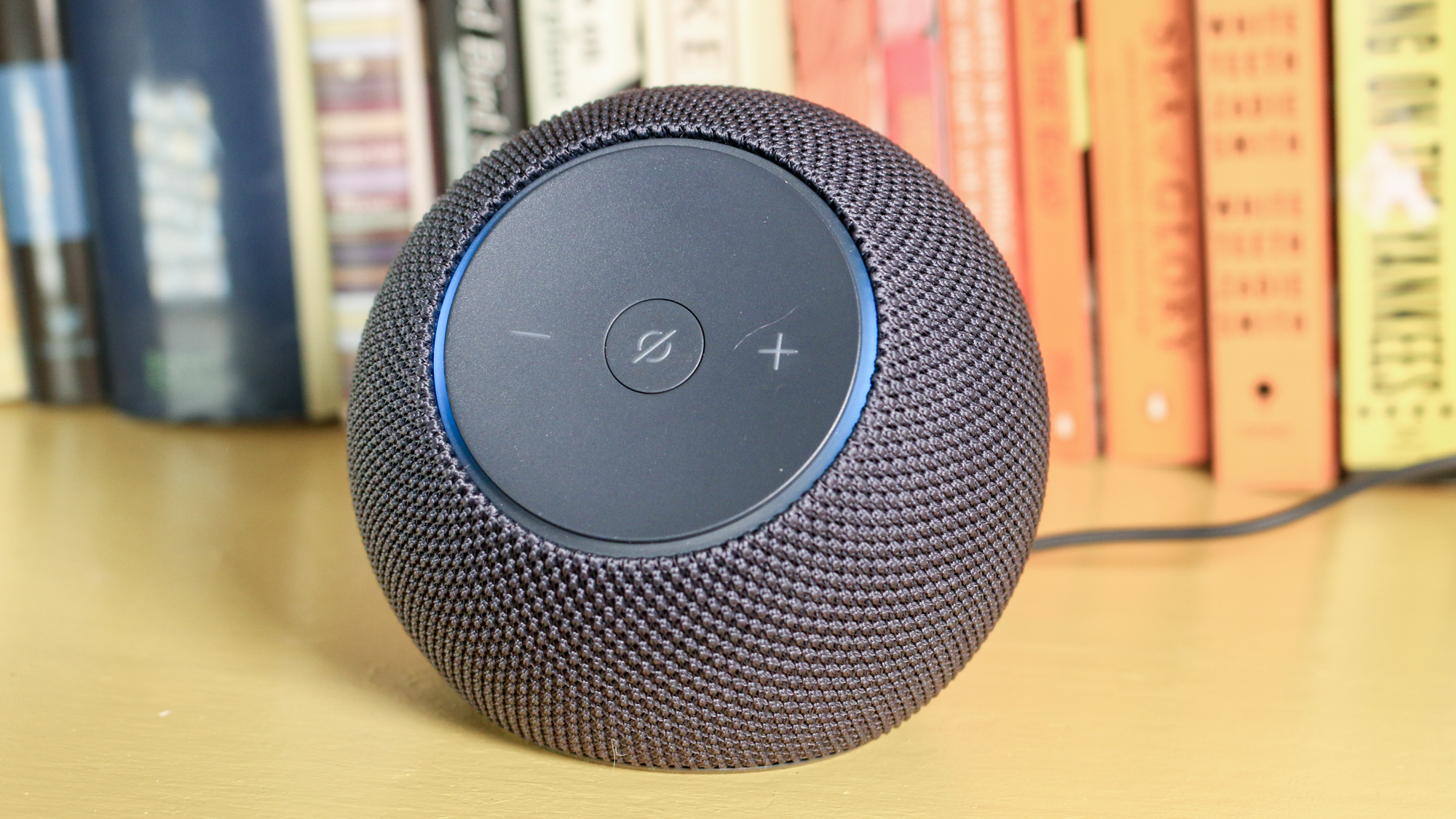
Alexa+ is indeed much better than Classic Alexa. I’ll give you two examples.
I asked for pizza places near me, and Alexa+ accurately told me the three top places near me. However, while it was able to tell me the address, it couldn’t give me turn-by-turn directions. Cheekily, it responded “It’s so close, you can probably find it by following the pizza aroma.”
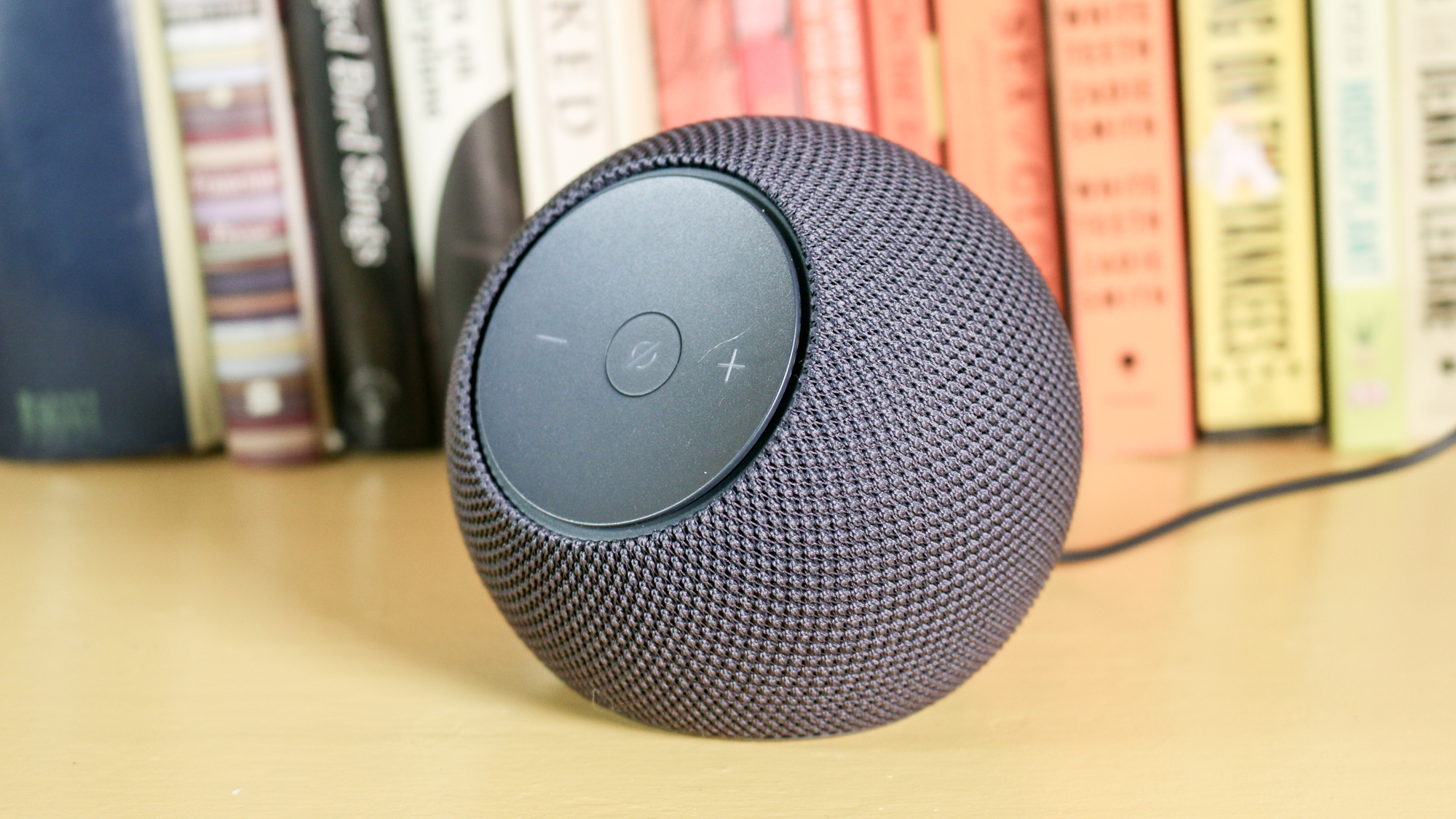
Creating smart home routines is worlds easier with Alexa+. For instance, I asked it to “Create a routine that turns on Family room lights if the Echo Dot Max detects motion.” Alexa+ responded that the Max couldn’t yet be used for this (it was before the device was officially launched), but it could use the living room motion sensor instead. Later, when I was sitting in my living room, I could simply say “Alexa, turn off all lights in this room,” and it automatically knew I was referring to the living room.
The real trick will be in getting consumers to use it more than they did the old Alexa, which I think will be a hard habit to break.
Amazon Echo Dot Max: Smart home
Similar to the last generation Echo smart speakers, the Echo Dot Max has a bunch of smart home goodies packed inside. For starters, it can act as a satellite for eero Wi-Fi routers; Amazon says it can provide up to 1,000 square feet of additional coverage, and speeds of up to 100 Mbps for 10 or fewer connected devices in the 5GHz band. So, it’s not going to replace a bona fide satellite for one of the best mesh Wi-Fi systems, but it could help to clear up a dead zone in your house.
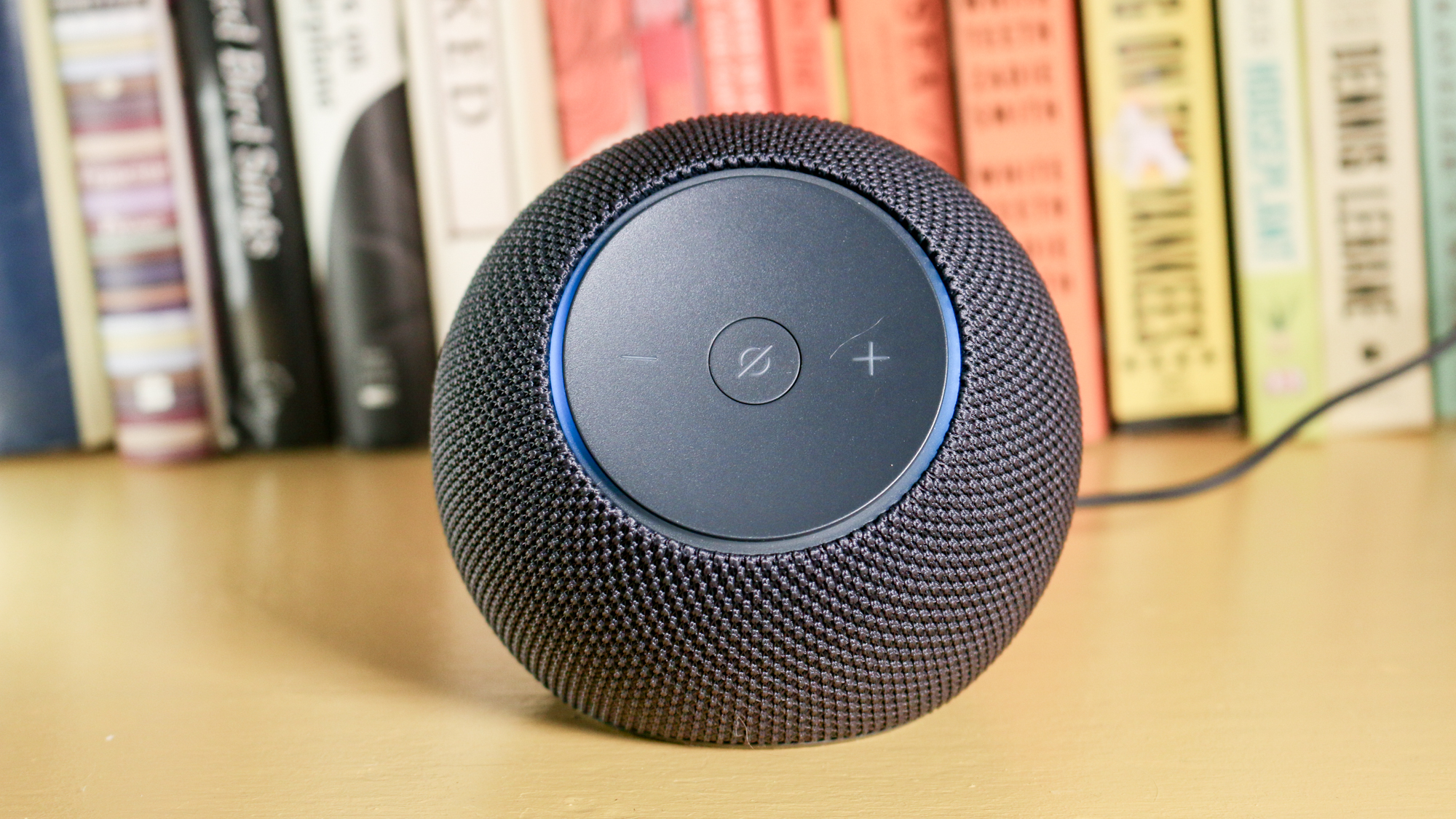
Additionally, the Echo Dot Max has an ambient light and temperature sensor, as well as presence detection, and you can create smart home routines using these sensors. It’s a great way to add more functionality to, say, the Amazon Smart Thermostat. If you have an Echo Dot Max in a room of your house that doesn’t get warm enough, you could tell the thermostat to keep the heat on until the temperature hits where you want it.
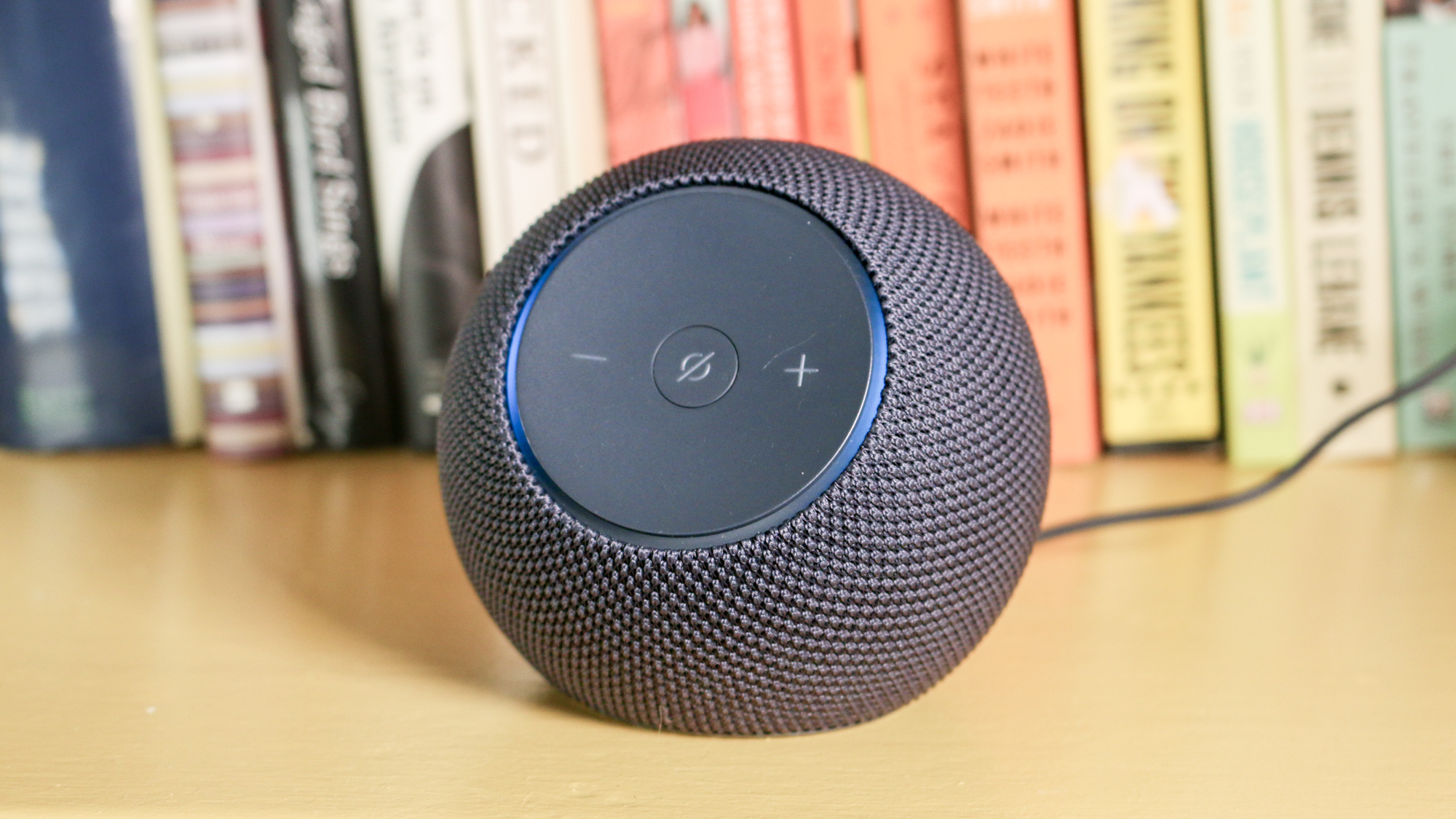
However, the Echo Dot Max has a new OmniPresence feature which, when paired with its newer processor, enables faster reaction times. So, it should turn your lights on faster when you enter the room, for instance.
Amazon Echo Dot Max: Bottom line
The Echo Dot Max (and the larger Echo Studio) both look and sound nicer than the previous generation of Amazon’s smart speakers — though not their competition. Thanks to an upgraded processor, the Echo Dot Max has some interesting new features like OmniPresence, which makes for more powerful smart home routines. And, Alexa+ is a marked improvement over Alexa — though not so essential that I’d fork over $20 a month.
However, it doesn’t do anything radically different from the previous generation. On top of that, Alexa+ will work on most legacy Echo smart speakers (though you won’t get the OmniPresence detection), so unless you have a first-generation Echo, there’s no real need to upgrade to use the newest version of Amazon’s assistant.
Smart home devices should have a longer shelf life than other consumer electronics — I’d be miffed if I had to swap out my light bulbs every other year — so in some ways, Amazon is a victim of its own success. Its last generation of smart speakers already does a pretty great job, so what’s the point in switching if you don’t have to?

Michael A. Prospero is the U.S. Editor-in-Chief for Tom’s Guide. He oversees all evergreen content and oversees the Homes, Smart Home, and Fitness/Wearables categories for the site. In his spare time, he also tests out the latest drones, electric scooters, and smart home gadgets, such as video doorbells. Before his tenure at Tom's Guide, he was the Reviews Editor for Laptop Magazine, a reporter at Fast Company, the Times of Trenton, and, many eons back, an intern at George magazine. He received his undergraduate degree from Boston College, where he worked on the campus newspaper The Heights, and then attended the Columbia University school of Journalism. When he’s not testing out the latest running watch, electric scooter, or skiing or training for a marathon, he’s probably using the latest sous vide machine, smoker, or pizza oven, to the delight — or chagrin — of his family.
You must confirm your public display name before commenting
Please logout and then login again, you will then be prompted to enter your display name.
